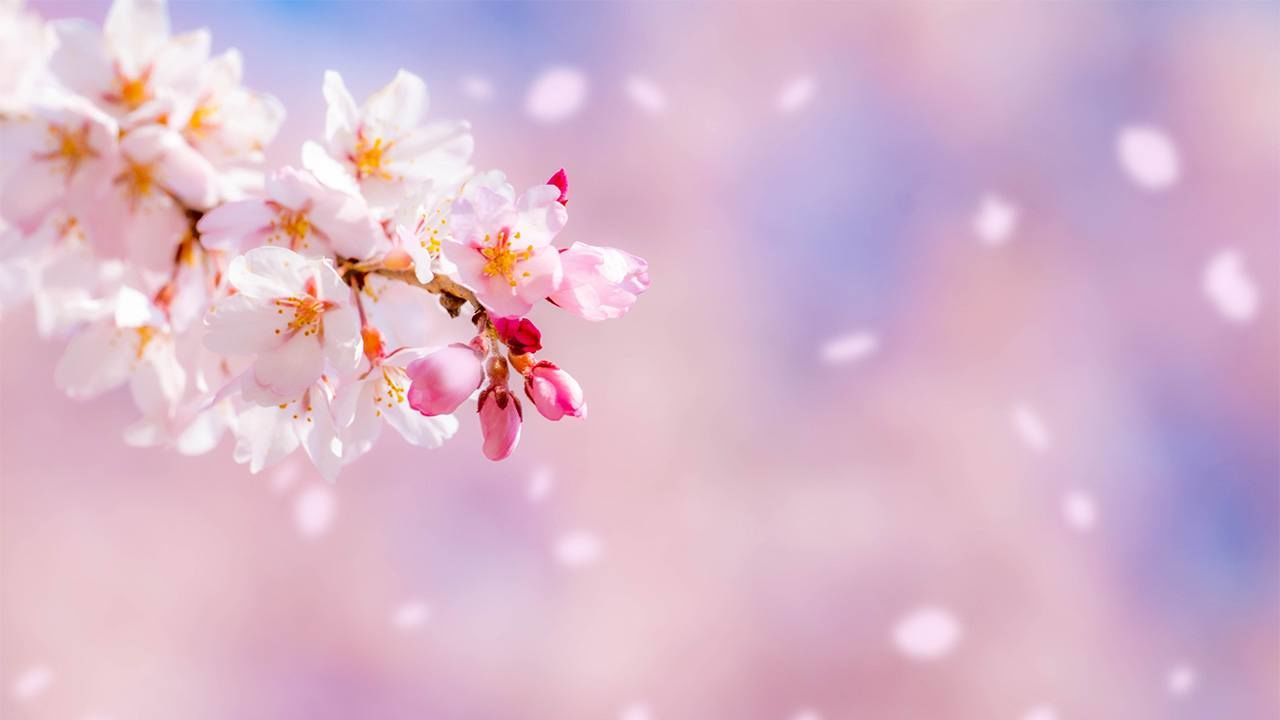
A Journey Through Japanese Haiku
A Coat of Storm-Scattered Petals
Culture Environment Lifestyle- English
- 日本語
- 简体字
- 繁體字
- Français
- Español
- العربية
- Русский
筏士の蓑やあらしの花衣 蕪村
Ikadashi no / mino ya arashi no / hanagoromo
The raftsman’s straw
raincoat—a flowered robe
in the storm(Poem by Buson, written around 1780–83.)
This poem describes a rainy scene in cherry blossom season at Arashiyama, a scenic spot outside Kyoto whose name translates fittingly as “stormy mountain.” A raftsman is wearing a traditional straw raincoat to keep off the downpour, and it gets covered with falling petals. The hanagoromo it becomes, written with the characters for “flower” and “garment,” refers to a robe with cherry patterns that women wore to view the blossoms. The haiku captures the moment when the crude rainwear is transformed into an object of beauty by the falling flowers.
Timber lashed into rafts for transport comes down the Hozu River, which flows by the foot of Arashiyama. Petals blown from the hills alongside the river cover both the surface of the water and the rafts in a magnificent spring scene. One also senses the hazardous job of the raftsmen in the middle of a storm. It is usual to view rain and wind as unwelcome for the way they scatter cherry blossoms during the brief blooming season, but this poem sets itself against that conventional wisdom.
Buson was apparently proud of his haiku. Centuries earlier, Fujiwara no Kintō had composed the following waka: Asa madaki / arashi no yama no / samukereba / chiru momijiba o / kinu hito zo naki (Before dawn, / the stormy mountain [Arashiyama] / is so cold / everyone wears fallen / autumn leaves). Buson purportedly boasted that his composition was superior for conveying a similar scene in just 17 syllables.
He wrote another audacious haiku about a storm at the well-known flower-viewing spot Mount Yoshino: Kumo o nonde / hana o haku naru / Yoshinoyama (Swallowing clouds and / spitting out blossoms— / Mount Yoshino). Buson was the outstanding poet for haiku about cherry blossoms in the rain.
(Originally published in Japanese. Banner photo © Pixta.)